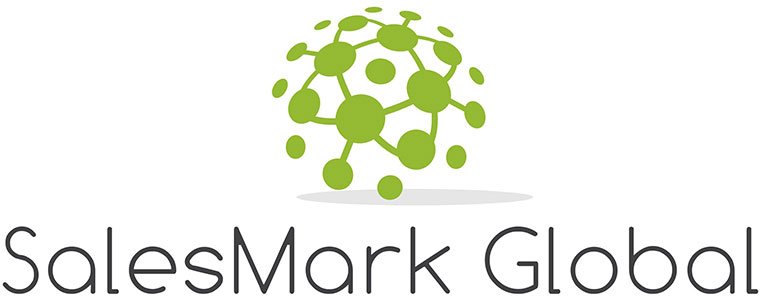Has B2B Cold Calling become cold in today’s world?
Benefits of Cold Calling in B2B Sales
In today’s world, where emails and social platforms are on a ride, one needs to make the best effort to reach out to your prospects. Cold calling may be dead today, but it still acts as a primary tool to build your list of prospects and help you land more deals.
A well-articulated cold call paired with a crafted email can be leveraged to build a brand. When a highly effective email can be easily ignored, using cold calls can help bridge the gap in attention.
The added benefit of cold calling post-Covid-19 is that many businesses have transitioned to contactless sales and have adopted phone and video conferencing exclusively. So cold calling has become more effective more so than ever. Thus, due to this, many B2B sales professionals are planning to leverage colder outreach triggering buyers’ decision-making mindset.
Other benefits of cold calling reaching net-new customers, perfecting your sales pitch and making a personal connection with a potential customer.
Overview of Cold Calling in today’s world
Let’s admit it! In the age of scrolling where information is available at a click, cold calling can be a daunting task. Today, introducing your offers and services to people not who are not aware of your business is a massive challenge.
Besides, many customers mistake B2B cold calling for spam or “robocalls” from automated dialers, with callers ending up with no prospectus. However, cold calling is a legal business development practice and is not considered spam, provided with some rule adherence.
While the debate on whether cold calling is worthwhile or not is still on among sales professionals, cold calling still has value and remains one of the most cost-effective methods for B2B businesses to reach new customers. These calls may not lead to an actual sale on the first go, but it serves as an opportunity to familiarise a potential prospect with your brand and product.
Visit Our SalesMarkBlog Section to Uncover the Sales Strategies That Ignite Your Sales Journey!






